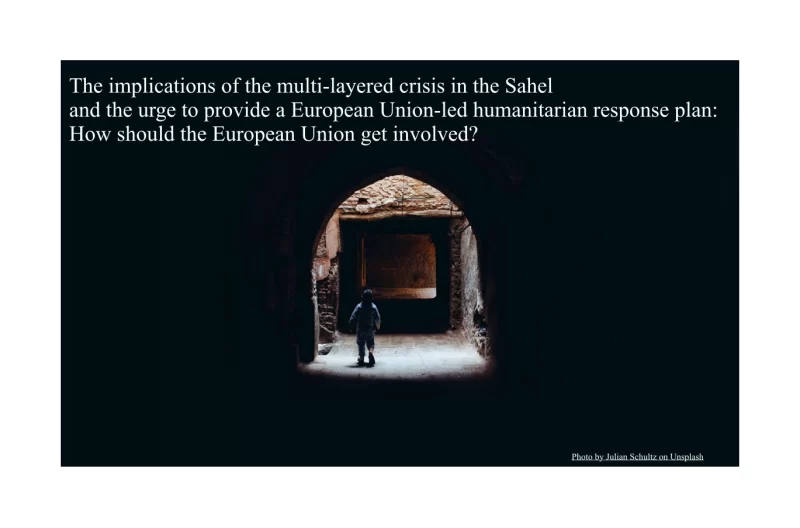
The Sahel region is identified as a geographic belt in Africa stretching from the Atlantic Ocean in the west to the Red Sea in the east. It spans several countries as Senegal, Mauritania, Mali, Burkina Faso, Niger, Chad, Sudan, Eritrea, and Algeria.
More than 10 years of conflict and countering terrorism in the Sahel region have generated severe levels of structural instability throughout the entire area, leading to a situation of risk for the civilians, posing massive suffering, and forcing millions of people to flee and leave their homes. This has caused an extremely concerning humanitarian situation, alongside the emergence of security challenges for the neighboring countries that reached unprecedented levels. Inequalities and grievances are fundamental drivers of the current security situation, which has led to the multiplication of non-state armed groups, that are becoming increasingly predominant.
This paper provides a detailed overview of the humanitarian emergency that both causes and is caused – or better exacerbated – by the threat of terrorism within the region and outlines a European Union-led Humanitarian Response Plan that addresses the grievances of the affected population in order to tackle the issue of violent extremism from its root causes, ultimately leading to its eradication.
Read the entire file
Cookies are used on this site to improve the user experience.
By clicking on one of the links, you accept the use of cookies.